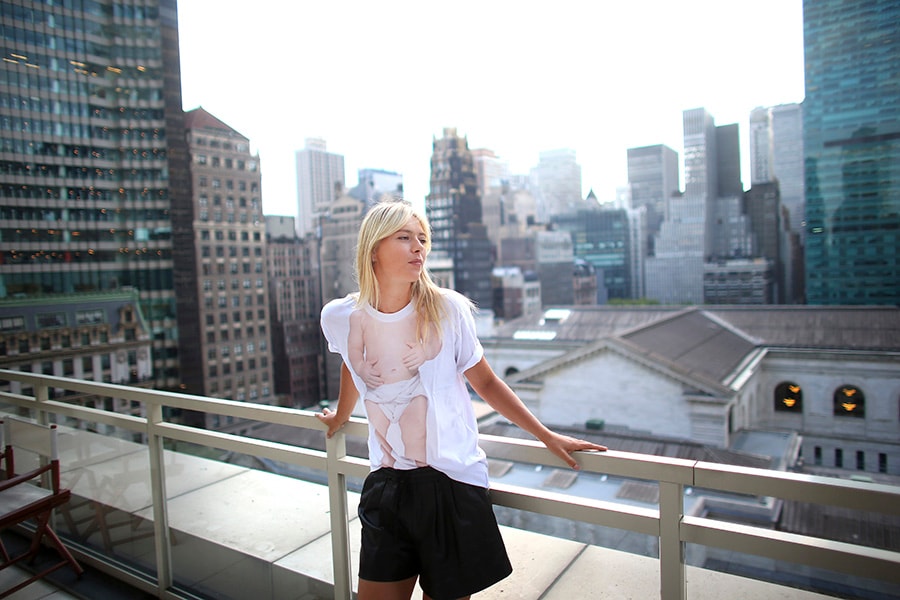
Maria Sharapova wants to be clear: She is retiring, not quitting
Sharapova said she knew it was time to retire as she flew home to Los Angeles from Australia. Kobe Bryant's death in a helicopter crash on Jan. 26 made it even clearer, as she coped with physical deterioration
 Maria Sharapova at an event in New York, Aug. 22, 2012. Sharapova, 32, is retiring from professional tennis after winning five Grand Slam singles titles between 2004 and 2014. Image: Chang W. Lee/The New York Times
Maria Sharapova at an event in New York, Aug. 22, 2012. Sharapova, 32, is retiring from professional tennis after winning five Grand Slam singles titles between 2004 and 2014. Image: Chang W. Lee/The New York Times
To understand why Maria Sharapova is retiring from professional tennis at age 32, it helps to know what she can no longer endure.
“I look at photos of myself and of the motion where I’m just about to hit the ball, and I’m in the air or just as I’m making contact,” she said Tuesday, “and I can’t even look at it because it makes me cringe. I have so much pain.”
The pain has been a near-constant companion over the last two years for Sharapova, a former No. 1 player who became one of the richest and most globally recognizable athletes of the 21st century but who found herself unable to return to the top of the game after a suspension for using a banned substance in 2016.
Since then, she has dealt with recurring tendon damage in her right shoulder and inflammation in her forearms that at times has made it excruciatingly difficult for her to even grip a racket, much less rip a forehand.
But she did not falter for lack of persistence. Quite the contrary, in her view.
“As I think you’ve seen throughout my career, my perseverance has been my greatest tool, my greatest strength,” she said in an interview. “But I’ve started feeling like it was becoming a weakness, because the stubbornness that was keeping me going was keeping me going for wrong reasons.”
©2019 New York Times News Service




